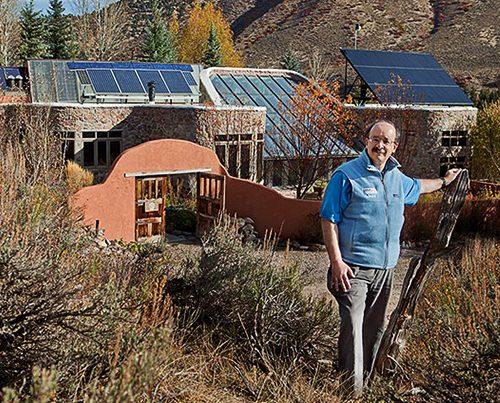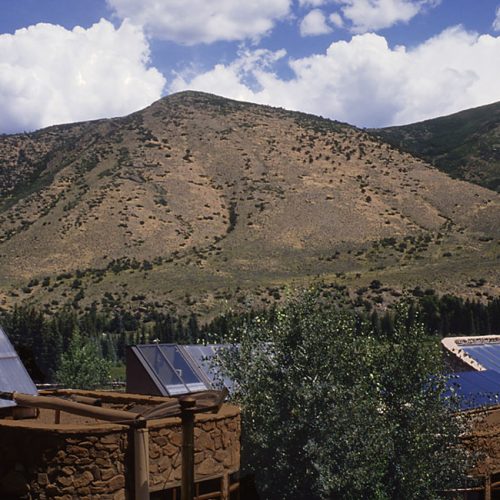Factor Ten Engineering Design Principles, 2010

10xE
Factor Ten Engineering
10xE enables radical resource efficiency through integrative design to unlock large energy savings, often at a lower cost than smaller savings.

What is 10xE?
Factor Ten Engineering (10xE) is an exploratory effort to strengthen design practice and pedagogy to enable radical resource efficiency through integrative design. 10xE provides a framework, principles, and case studies that help engineers, architects, and their clients approach complex design problems. RMI’s whole-systems approach and these tools can unlock very large energy savings, often at a lower cost than smaller savings, in new and retrofit buildings, industrial processes and equipment, vehicles, and elsewhere.

Why It Matters
Our decades of diverse field experience confirm that integrative design lets design professionals achieve exceptional resource productivity, often at lower capital cost—turning diminishing returns into expanding returns. Sharing these success stories and their underlying techniques can scale solutions and speed education—helping to save most of the world’s energy and potentially trillions of dollars.

Who’s Involved
10xE, designed by RMI’s Cofounder and Chief Scientist Amory Lovins, builds on the whole-system design approach summarized in RMI’s late-1990s books Factor Four and Natural Capitalism. While 10xE is evolving towards scale and leverage in the Office of the Chief Scientist, its principles inform and guide our efforts and work in all RMI’s practice areas.
Resources
Integrative Design: A Disruptive Source of Expanding Returns to Investments in Energy Efficiency, 2010
Whole Systems Design: Introduction to Life Cycle Thinking, Autodesk, 2010
Autodesk AEC Headquarters and Integrated Project Delivery: Factor Ten Engineering Case Study, 2010
Big Pipes, Small Pumps, Interface, Inc., 2011
Lovins GreenHome 1.0: Factor Ten Engineering Case Study, 2010





